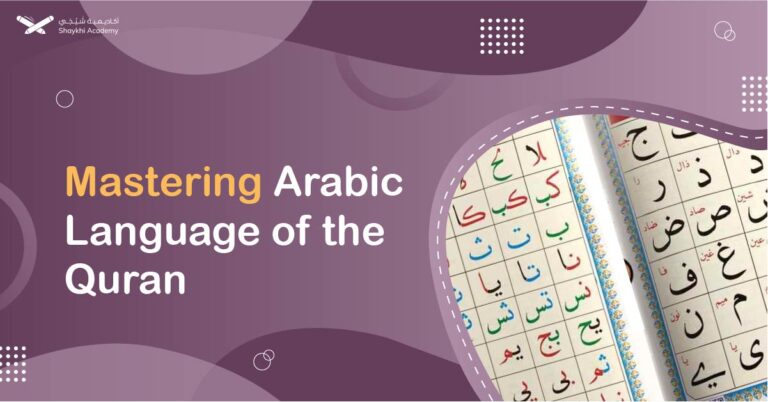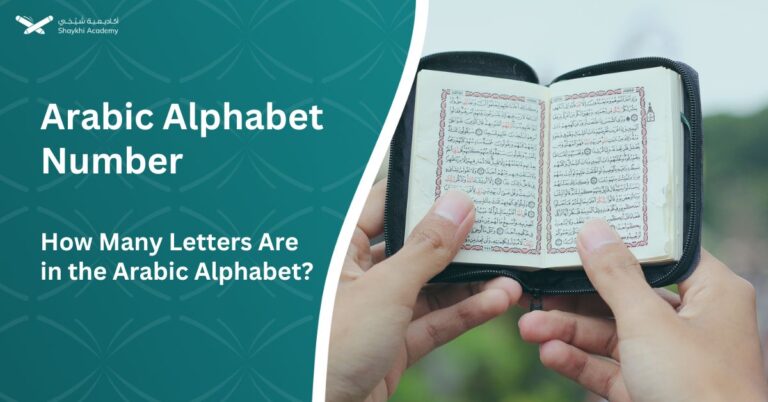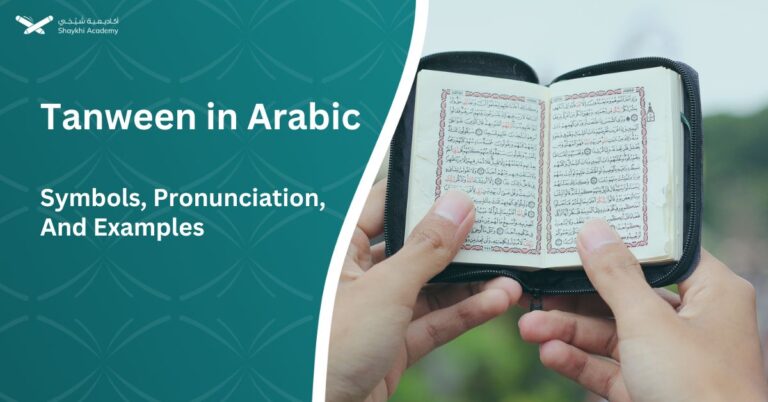
Learning Arabic Language of the Quran By Izzath: Sammary And Review
Embark on an enriching journey to learn Arabic through the captivating world of books. Dive into the intricate tapestry of Arabic literature and linguistic nuances

Embark on an enriching journey to learn Arabic through the captivating world of books. Dive into the intricate tapestry of Arabic literature and linguistic nuances

Arabic vowels are vital for pronunciation, emerging from the throat and shaped by the lips, giving consonants their voice. There are three short vowels (Fathah,

Arabic Alphabet Number: The Arabic alphabet is fundamental to the Arabic language, comprising either 28 or 29 letters depending on the classification of the hamza.

Tanween in Arabic refers to the grammatical marking of a noun with a short vowel sound at the end, indicating its indefinite status and case

Maybe you wonder about: Is Quranic Arabic different from normal Arabic? You’ve undoubtedly encountered both Modern Standard Arabic and Quranic Arabic if you’re trying to

Why is the Quran In Arabic? The Quran is in Arabic because it was revealed to Prophet Muhammad, who was an Arab, and it needed

Quranic Arabic grammar forms the foundation for understanding the Holy Quran in its original Classical Arabic form. It encompasses the study of letters, words, and